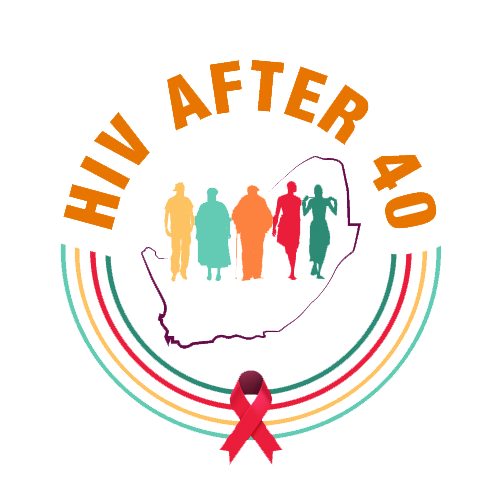1: Sequential Analyses: As quantitative and qualitative analyses are completed, this stage involves:
a) Identifying quantitative associations that can be further explored qualitatively and conducting further qualitative analyses using “focused” coding on the LHIs (for individual and longitudinal questions), FGIs and KIIs (for questions about community and healthcare norms and practices, and larger structural dynamics) to uncover the mechanisms underlying significant statistical results; and
b) Identifying qualitative themes that can be further explored quantitatively and conducting further quantitative analyses to see if they are demographically significant and applicable to the larger population.
2. Concurrent Analyses: These analyses involve;
a) Triangulating data by identifying common themes on HIV risk and protective behavior emerging from quantitative and qualitative analyses and examining how the joint findings contribute to each study aim
b) Identifying discrepancies between findings from the different types of analyses and conducting further quantitative or qualitative analyses to resolve them.
Sample publications:
Mojola, Sanyu A., Jill Williams, Nicole Angotti and F. Xavier Gómez-Olivé. 2015. HIV after 40 in Rural South Africa: A Life Course Approach to HIV Vulnerability among Middle Aged and Older Adults. Social Science and Medicine 143: 204–212
https://doi.org/10.1016/j.socscimed.2015.08.023
Schatz, Enid, Brian Houle, Sanyu A. Mojola, Nicole Angotti, Jill Williams. 2019. How to “live a good life”: Aging and HIV testing in rural South Africa. Journal of Aging and Health 31(4): 709-732

